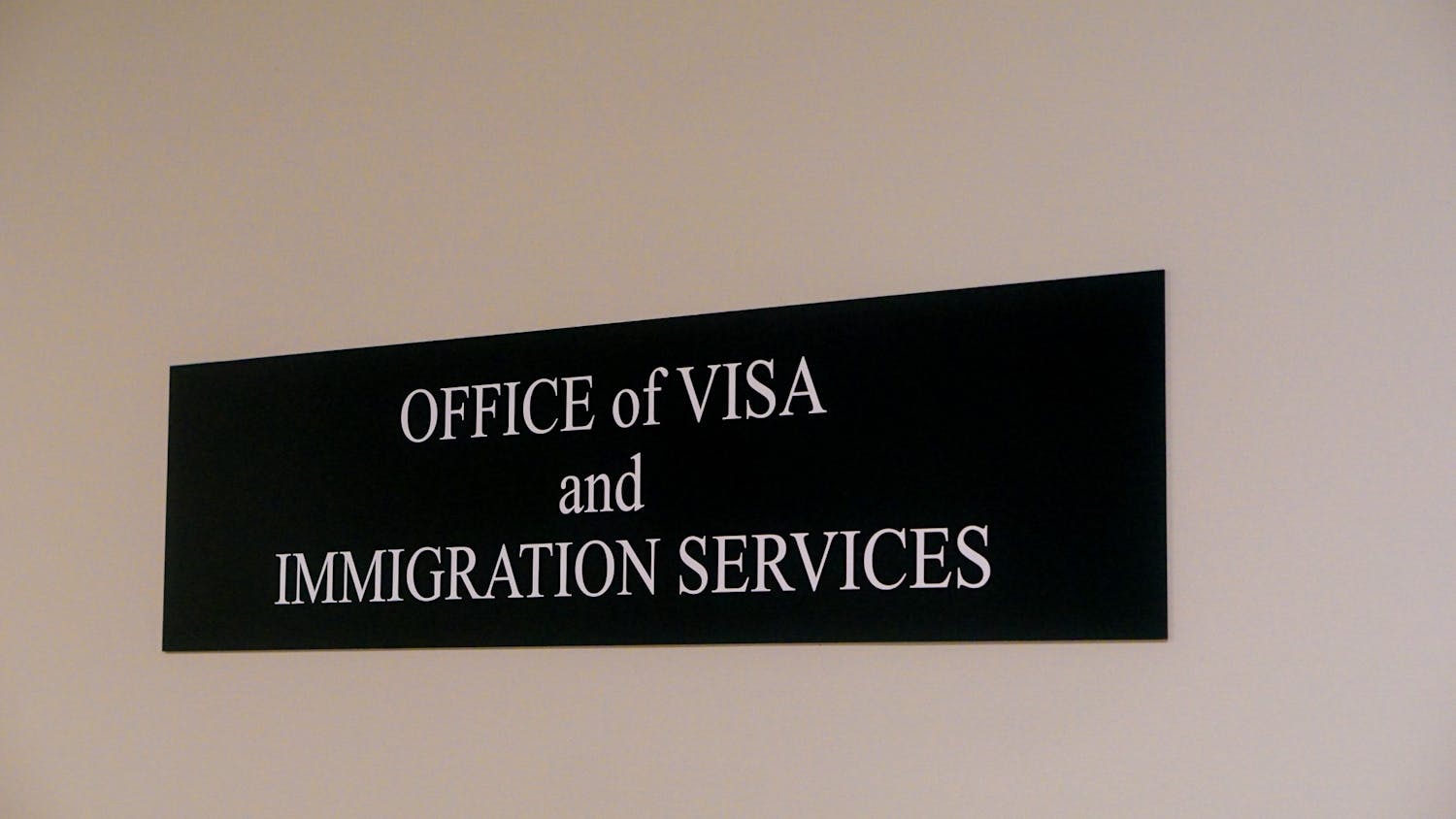Although Dartmouth admitted fewer applicants for the Class of 2006 than it has in past years, a record percentage of these students have accepted Dartmouth's offer of admission and will comprise a slightly smaller but more diverse freshman class than last year.
The 53 percent yield for the class of 2006 is the highest in years and represents an increase of two percentage points over last year's figure. Though mildly surprised by the higher yield, the admissions office says it reflects well on Dartmouth's reputation and that everything is going according to plan.
"We did really well in terms of yield, which is a great commentary on how attractive Dartmouth is," said a pleased Dean of Admissions Karl Furstenberg.
"The Class of 2006 has come in at exactly the right number," Furstenberg continued, adding that the 1097 students who have indicated they will matriculate next fall is exceptionally close to his goal of 1100.
Last year, an unexpectedly high percentage of admitted applicants decided to matriculate, resulting in an unusually large Class of 2005 that strained the already tight campus housing situation.
Although approximately 30 of the 1097 members of the incoming class will likely defer a year or decide to attend elsewhere, Furstenberg said he expects the overall make-up of the class to stay constant.
Average math and verbal SAT scores dropped a point from last year, but the Class of 2006 will have more valedictorians and salutatorians than in the past two years.
At 31 percent, the percentage of non-white students is the highest ever. Furstenberg attributed the increase to heightened recruiting efforts rather than a change in admissions criteria.
Although the number of students of color matriculating is nearly identical to last year's figure, nearly 50 fewer white students will be in the in this year's freshman class.
Despite the recent controversy over a proposed government plan to limit the number of international students studying abroad, nearly six percent of the Class of 2006 hails from overseas, the highest percentage ever.
"The most talented students still look at the best colleges," Furstenberg explained. "The kinds of students we're attracting are not going to be deferred by one world event or another."
Dartmouth also awarded more financial aid than it has in past years and granted it to a higher percentage of students, despite recently announced budget cuts and the ongoing economic recession.
Furstenberg said that Dartmouth's need-blind admissions policy means that financial aid is not a factor in deciding who gets in, but that the increase in students receiving aid is a consequence of a more diverse applicant pool and Dartmouth's financial aid program "attracting a more economically diverse group of students."
The geographic distribution of U.S. students is similar to that of past years, although Furstenberg said Dartmouth does not really base its admissions decisions on geography. With 50.3 percent males, and 49.7 percent females, the ratio of male to female students has also remained constant from last year.



